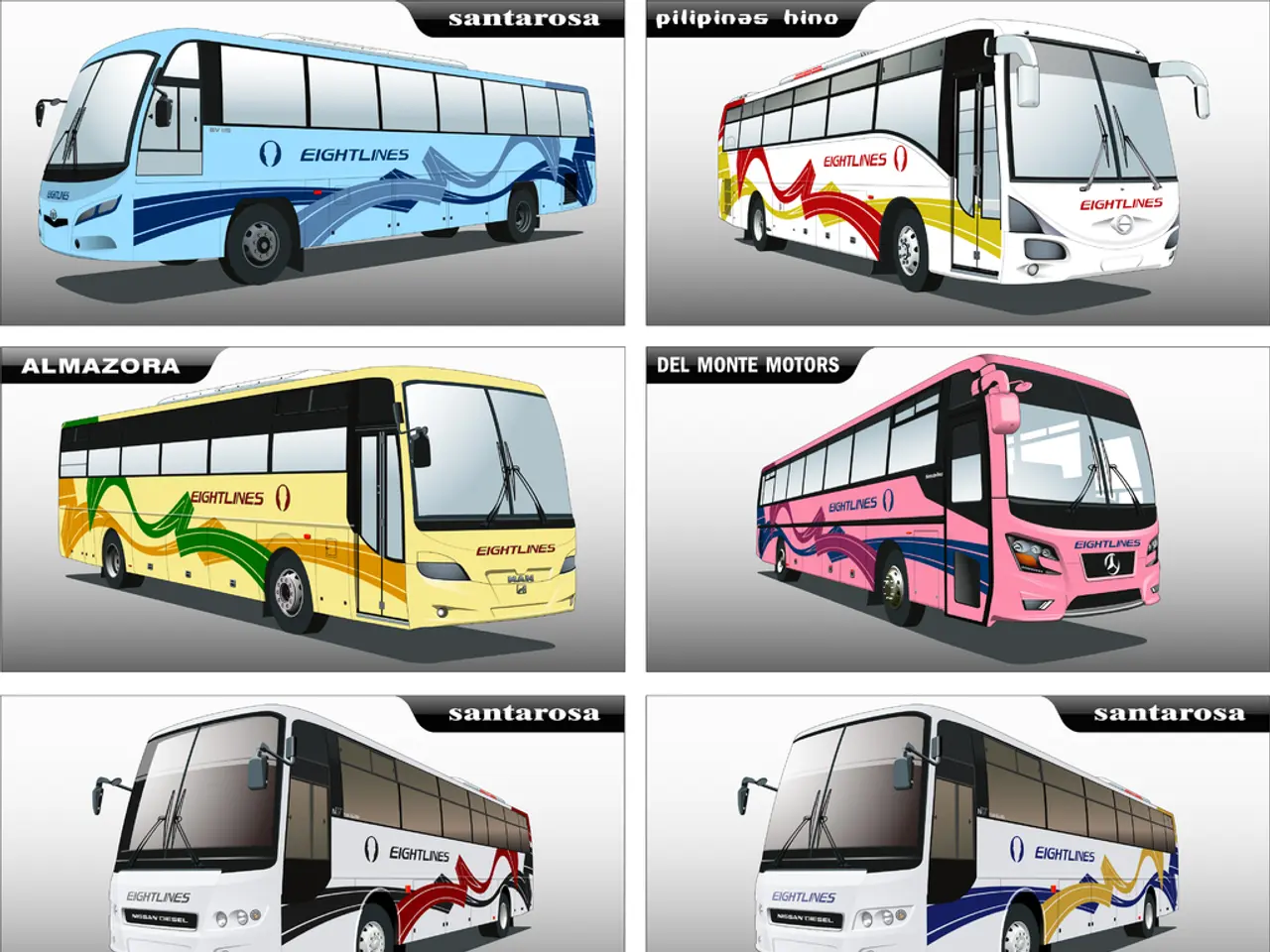Updated advice for enhancing zero-emission bus (ZEB) resilience from the Center for Transportation and the Environment (CTE)
The Center for Transportation and the Environment (CTE) has released a comprehensive guidebook titled "Resilient Zero-Emission Transit Bus Fleets: A Guide." Developed under the Transportation Research Board's TCRP, the guidebook equips transit agencies with the knowledge and resources needed to strengthen their operations and support their communities during a successful transition to zero-emission technologies (ZEBs).
The shift to ZEBs requires transit agencies to make changes in operations management to accommodate the unique characteristics of these technologies. One such change is an increased reliance on electrical power grids due to the need to charge buses. The guidebook offers solutions for addressing ZEB-specific risks to fleet resilience.
The guidebook includes six case studies highlighting innovative resilience strategies implemented by transit agencies nationwide as part of their ZEB transitions. These case studies range from microgrid deployment to workforce adaptations, providing actionable insights for agencies navigating similar challenges.
The framework in the guidebook helps agencies assess potential threats, evaluate risks, and implement cost-effective resilience strategies for their ZEB fleets. The center emphasizes that resilience planning has never been more critical due to climate change and transit systems' increasing vulnerability to disruptions.
According to CTE Executive Director Dan Raudebaugh, resilience is crucial for ensuring transit agencies can meet service demands under any circumstances. The guidebook provides a step-by-step approach to adapting existing resilience plans for internal combustion engine fleets to the requirements of ZEBs.
The guidebook also provides a resource for transit agencies to develop and implement comprehensive resilience strategies. It supports the broader goal of building a cleaner, more reliable, and sustainable transportation future.
The case studies in the guidebook provide examples of how transit agencies have strengthened their operations during their transitions to ZEBs. The center notes that these examples offer valuable lessons for other agencies embarking on similar journeys.
However, the search results do not contain information about the six case studies or the transit agencies implementing innovative resilience strategies for their transition to ZEB fleets. This information is likely to be valuable for transit agencies seeking to learn from the experiences of their peers.
In conclusion, the "Resilient Zero-Emission Transit Bus Fleets: A Guide" is a valuable resource for transit agencies seeking to transition to ZEBs while maintaining operational resilience. The guidebook offers practical solutions and case studies to help agencies navigate the unique challenges posed by ZEB technologies.
Read also:
- Latest Edition of Bus-News Magazine Arrives for 2023!
- Testing the Camp Mode of the 2025 Tesla Model Y with Juniper's interior housing two kids, shockingly low CO2 levels were discovered.
- Demonstrating Carbon Storage in Agricultural Forestry through Digital Monitoring and Verification
- EV and Charging Technologies will see broader horizons at SINBON's Battery Show in 2025, as the event aims to push boundaries.








